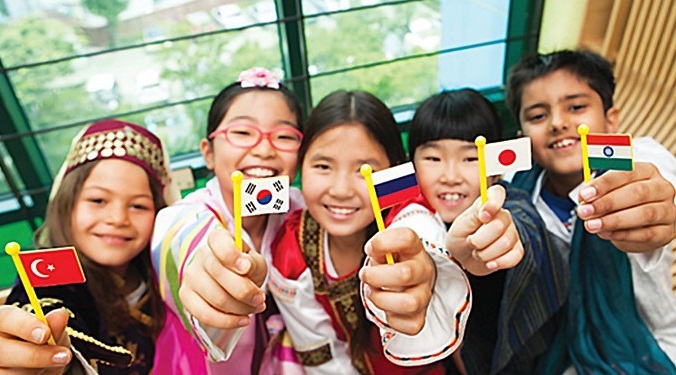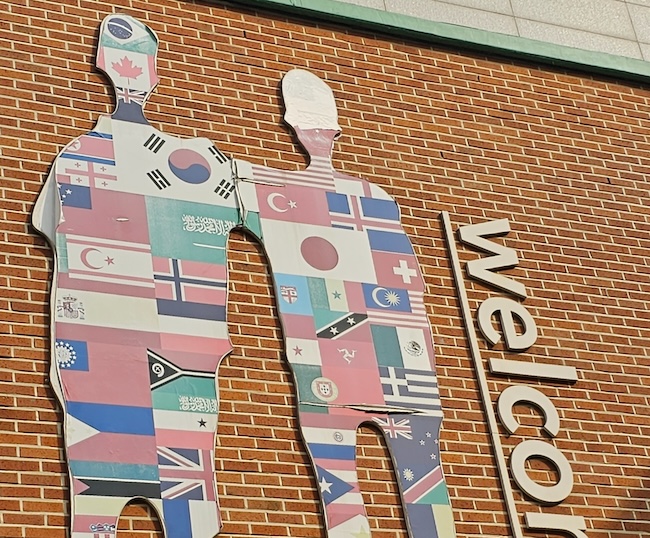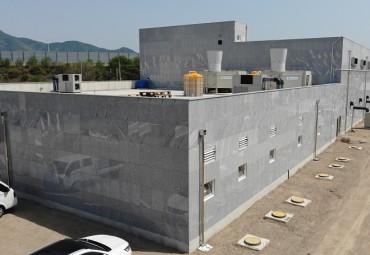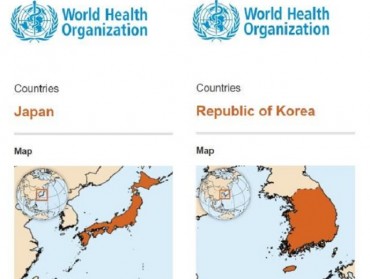
South Korea has recorded its highest number of foreign residents since 2019. (Image courtesy of the Ministry of Education)
SEOUL, Aug. 3 (Korea Bizwire) –In a striking demographic shift, 350 schools across South Korea now report that students from multicultural backgrounds comprise over 30% of their total enrollment, according to a recent study.
This figure represents a 40% increase from just five years ago, highlighting the rapid changes in the country’s educational landscape.
The report, titled “Innovation Strategies for Schools in Immigrant-Dense Areas,” was released on August 2 by researchers at the Korean Educational Development Institute.
It reveals that these schools with high multicultural student populations now account for 2.96% of the nation’s 11,819 primary and secondary schools, up from 2.15% in 2018.
The Ministry of Education defines “multicultural-dense schools” as those with over 100 students, where at least 30% come from multicultural backgrounds.
By this definition, 87 schools across 12 regions fall into this category, marking a staggering 278.26% increase from 23 such schools in 2018.

The country is witnessing a significant demographic shift in its multicultural population. (Image courtesy of Yonhap)
The concentration of multicultural students is particularly pronounced in certain areas. In Ansan, Gyeonggi Province, one elementary school reports that 97.4% of its student body comes from multicultural backgrounds.
Three other schools in Ansan and Anseong have multicultural student populations exceeding 80%.
This rapid demographic change poses unique challenges for the education system. Researchers warn that excessively high concentrations of multicultural students could negatively impact all students.
There are concerns about potential stigmatization of multicultural students and the risk of reverse discrimination against non-multicultural students if educational support becomes too focused on one group.
The study’s authors emphasize the need for comprehensive strategies to ensure quality education for all students in these diverse environments.
They recommend developing school visions and educational plans based on multicultural education policies, enhancing teachers’ expertise in multicultural education, and improving personnel policies for schools in immigrant-dense areas.
M. H. Lee (mhlee@koreabizwire.com)






